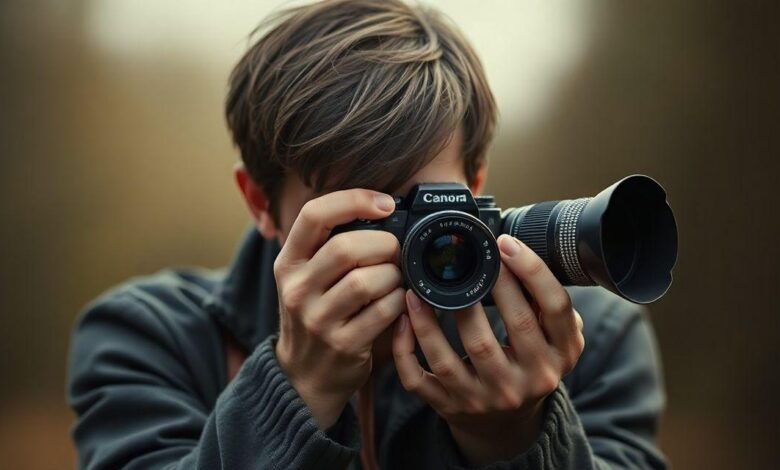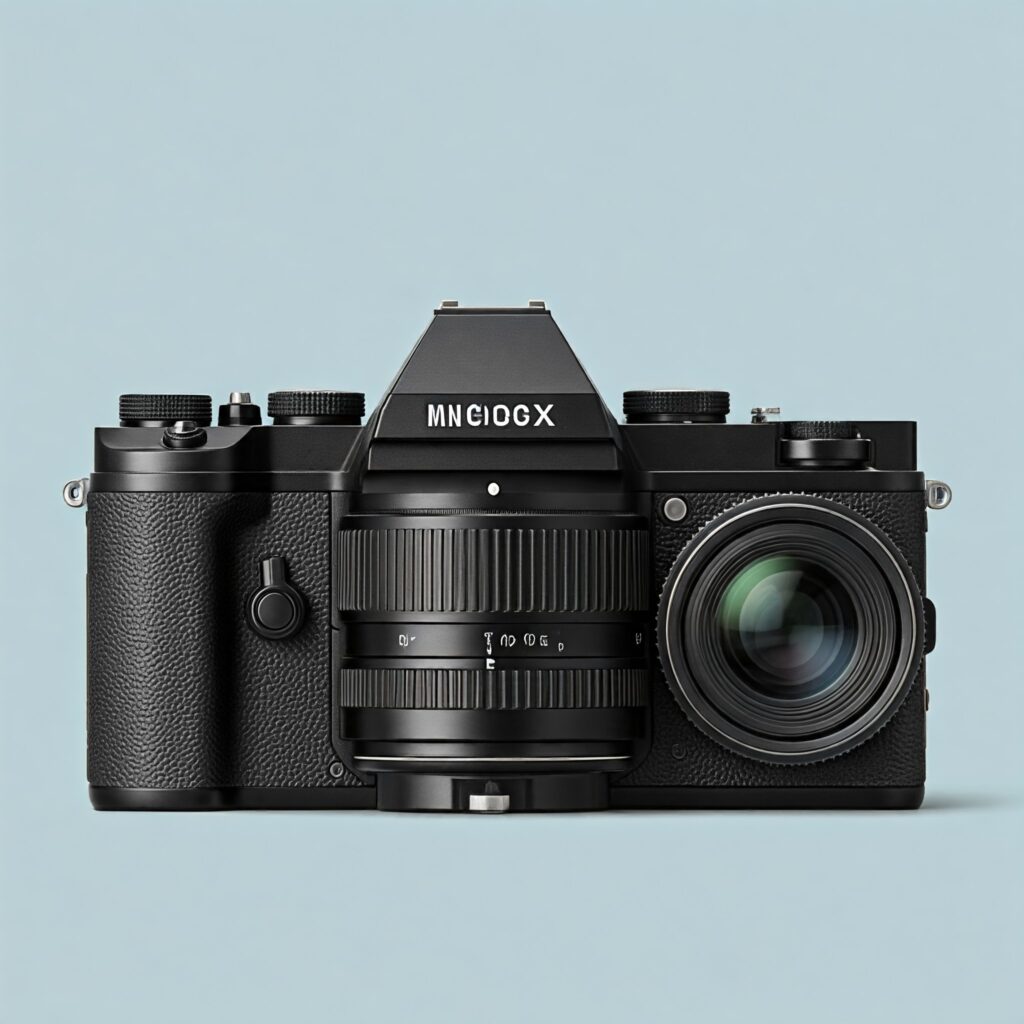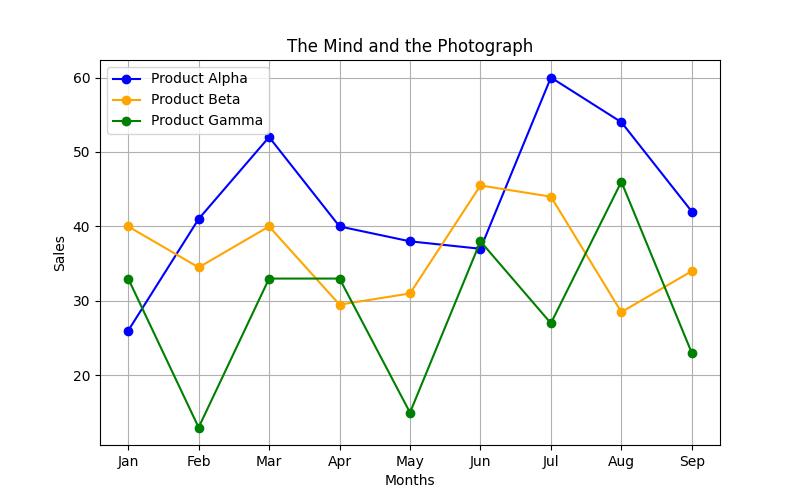
When we talk about photography, we’re discussing more than just a mechanical process of capturing light on film or a digital sensor. We’re delving into the realm where psychology meets art, where visual memory plays a pivotal role. Visual memory in photography is not merely about remembering what we see; it’s about how our brains interpret, store, and recall images, and how these processes frame our understanding of photographs. This exploration is essential for both photographers aiming to create impactful images and viewers seeking to fully appreciate the art form.
Understanding Visual Memory in Photography
Learn how psychological mechanisms influence photography and perception. – Visual perception involves both the eye and the camera, highlighting how they interact to create images that resonate emotionally. – The mind processes visual information and shapes the way photographers frame their subjects, impacting the narrative of the photograph. – Understanding how viewers interpret images offers insights into the psychological effects of photography, enhancing the connection between the artwork and its audience.
A Psychological Study of the Mechanisms of Visual Perception and How They Frame the Photograph
The relationship between visual memory and photography is intricate and fascinating. Humans have an extraordinary ability to perceive and remember visual information, which forms the cornerstone of our interaction with photographs. Understanding the psychological underpinnings of visual perception can transform how photographers compose images and how viewers interpret them.
Contents
- Introduction
- The Eye and the Camera
- The Mind and the Camera
- The Mind and the Photograph
- The Mind and the Photographer
- The Mind and the Viewer
- Conclusion
- References
Visual memory is a psychological construct that affects how we perceive, interpret, and emotionally respond to visual stimuli. In the context of photography, it dictates not only how photographers capture images but also how viewers engage with them. The mechanisms of visual perception are deeply embedded in our cognitive processes, influencing how we frame and interpret photographs.
The Eye and the Camera
The eye operates like a sophisticated camera, processing light and converting it into neural signals that the brain interprets. This analogy, although simplified, illustrates how photographers can manipulate photographic elements to mimic human vision. The camera lens plays a crucial role in this, shaping the viewer’s perception much like the eye’s lens focuses light onto the retina.

Consider the camera’s aperture, which controls the amount of light entering the lens, akin to the pupil of the eye. A wider aperture results in a shallower depth of field, focusing the viewer’s attention on a particular subject while blurring the background. This technique mirrors how the human eye prioritizes certain elements in our field of vision, effectively isolating them from the noise of peripheral sights. This understanding is vital for photographers seeking to direct viewers’ attention within an image.
Insider Tip: “Mastering depth of field is essential for creating images that resonate with the viewer’s natural way of seeing.” Ansel Adams
For those interested in diving deeper into capturing the essence of their subjects, consider exploring our guide on capturing the personality in environmental portrait photography.
The Mind and the Camera
The camera is an extension of the photographer’s mind, encapsulating their vision and creativity. When photographers look through the viewfinder, they are not just capturing an image; they are making a series of cognitive decisions influenced by visual memory and perception. These decisions include what to include in the frame, how to compose the shot, and what message to convey.

Cognitive psychology sheds light on how photographers use mental imagery and memory to envision the final photograph even before capturing it. This mental visualization is crucial for pre-visualization, a technique many professionals use to anticipate the outcome of their shots. By harnessing visual memory, photographers can recall scenes, emotions, and compositions they’ve encountered before, influencing their creative process.
Insider Tip: “Pre-visualization allows you to craft images with intention and clarity, akin to sketching a blueprint before building a masterpiece.” Henri Cartier-Bresson
For techniques on utilizing natural light in your photography, check out our article on how to effectively use natural light for outdoor portrait photography.
The Mind and the Photograph
Once a photograph is taken, it becomes a static representation of a moment in time, yet it continues to interact dynamically with the viewer’s visual memory. The photograph serves as a visual stimulus that can evoke memories, emotions, and even perceptions of past experiences. This interaction is a testament to the power of visual memory in shaping our understanding of photographs.

The brain’s ability to recognize patterns and details within a photograph is directly influenced by our previous experiences and memories. When we look at a photograph, our brain compares the visual information with stored visual memories to make sense of it. This process can trigger emotional responses based on the viewer’s personal experiences, making each interpretation unique.
Insider Tip: “A photograph captures more than an image; it encapsulates a memory, an emotion, and a story.” Dorothea Lange
For those looking to enhance their landscape photography skills, our article on 5 tips on achieving sharp focus in landscape photography offers valuable insights.
A Personal Journey: Capturing Memories Through the Lens
As a budding photographer, I always believed that capturing a moment was solely about the technical aspects of my camera. However, that perspective shifted dramatically during a family reunion in the summer of 2021. I decided to document the event, intending to create a visual story that would encapsulate our familys memories.
As I roamed around the backyard, snapping photos of my relatives laughing and playing games, I noticed something profound. Each click of the shutter was not just about the subjects in the frame but also about the memories tied to those moments. For instance, I captured my grandmother, Helen, telling stories under the old oak treeher laughter ringing through the air. Later, as I reviewed the photos, I could clearly recall the warmth of the sun, the smell of the barbecue, and the sound of my cousins running around.
This experience made me realize the intricate relationship between the mind and the photograph. Our memories influence how we perceive a photograph long after its taken. In this case, the images ignited feelings of nostalgia and connection that transcended the visual aspect. It reinforced the idea that a photograph does not merely depict reality; it evokes emotions and memories, shaping our perception of the past.
Through this journey, I learned that photography is as much about understanding the mind as it is about mastering the camera. Its about capturing not just an image, but a feelinga moment that lives on in our memories.
The Mind and the Photographer
Photographers rely heavily on their visual memory to create compelling images. This memory serves as a repository of visual knowledge that informs their creative choices. It allows them to draw inspiration from past visual experiences and to replicate or innovate upon them in their work.
Visual memory plays a crucial role in the development of a photographer’s style. By remembering and analyzing the visual elements that have resonated with them in the past, photographers can incorporate these elements into their own work, creating a signature style that is both recognizable and unique. This process is akin to a painter developing their brushstroke or a composer finding their melody.
Insider Tip: “Your visual memory is your greatest asset; it holds the key to your unique photographic voice.” Annie Leibovitz
To explore how clothing choices can influence the mood of a portrait, visit our piece on what is the impact of clothing choices on portrait photographs’ mood.
The Mind and the Viewer
The viewer’s mind is an integral part of the photographic experience. As viewers, our interpretation of a photograph is influenced by our visual memory, personal experiences, and cultural background. This interplay determines how we perceive and emotionally engage with an image.

When a viewer encounters a photograph, they bring their own set of memories and emotions to the experience. These memories can affect how they interpret the image, what details they focus on, and what emotions are evoked. A photograph can serve as a trigger, unlocking memories and emotions that may have lain dormant. This interaction highlights the power of photography as a medium for storytelling and emotional connection.
Insider Tip: “A photograph speaks to the viewer’s soul; it resonates with their memories and emotions, creating a dialogue that transcends time.” Robert Frank
To understand the significance of eye contact in portraits, which can profoundly affect viewer engagement, read our article on what is the significance of eye contact in creating engaging portraits.
Conclusion
Visual memory is an integral component of photography, influencing both the creation and interpretation of images. By understanding the psychological mechanisms of visual perception, photographers can enhance their ability to craft images that resonate with viewers on a deep, emotional level. Similarly, viewers can enrich their appreciation of photographs by recognizing the role of visual memory in their interpretation.
The interplay between the photographer’s vision, the camera’s capabilities, and the viewer’s perception forms a complex web of interactions that define the photographic experience. As we continue to explore the nuances of visual memory in photography, we gain a deeper appreciation for the art form and its ability to connect us with the world and with each other.
References
- Ansel Adams’ insights on depth of field and its significance in photography.
- Henri Cartier-Bresson’s techniques on pre-visualization.
- Dorothea Lange’s perspectives on the emotional impact of photographs.
- Annie Leibovitz’s views on the importance of visual memory in developing a photographic style.
- Robert Frank’s reflections on the emotional dialogue between photographs and viewers.
By delving into the psychological aspects of visual memory in photography, we open new avenues for creativity and understanding that can elevate both the practice and appreciation of this timeless art form.
Answers To Common Questions
Q. What is visual memory in photography?
A. Visual memory in photography refers to how we mentally retain images.
Q. How does visual perception affect photography?
A. Visual perception shapes how we interpret and capture photographs.
Q. Who conducts psychological studies on visual memory in photography?
A. Researchers in psychology and photography explore this relationship deeply.
Q. What mechanisms influence visual memory during photography?
A. Attention, emotion, and context are key mechanisms affecting memory.
Q. How can understanding visual memory improve my photography skills?
A. Understanding visual memory allows you to create more impactful images.
Q. Why should I care about visual perception in my photography?
A. Visual perception enhances your ability to convey emotions through photos.